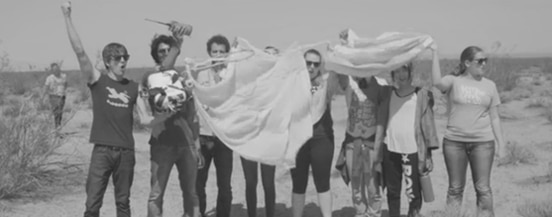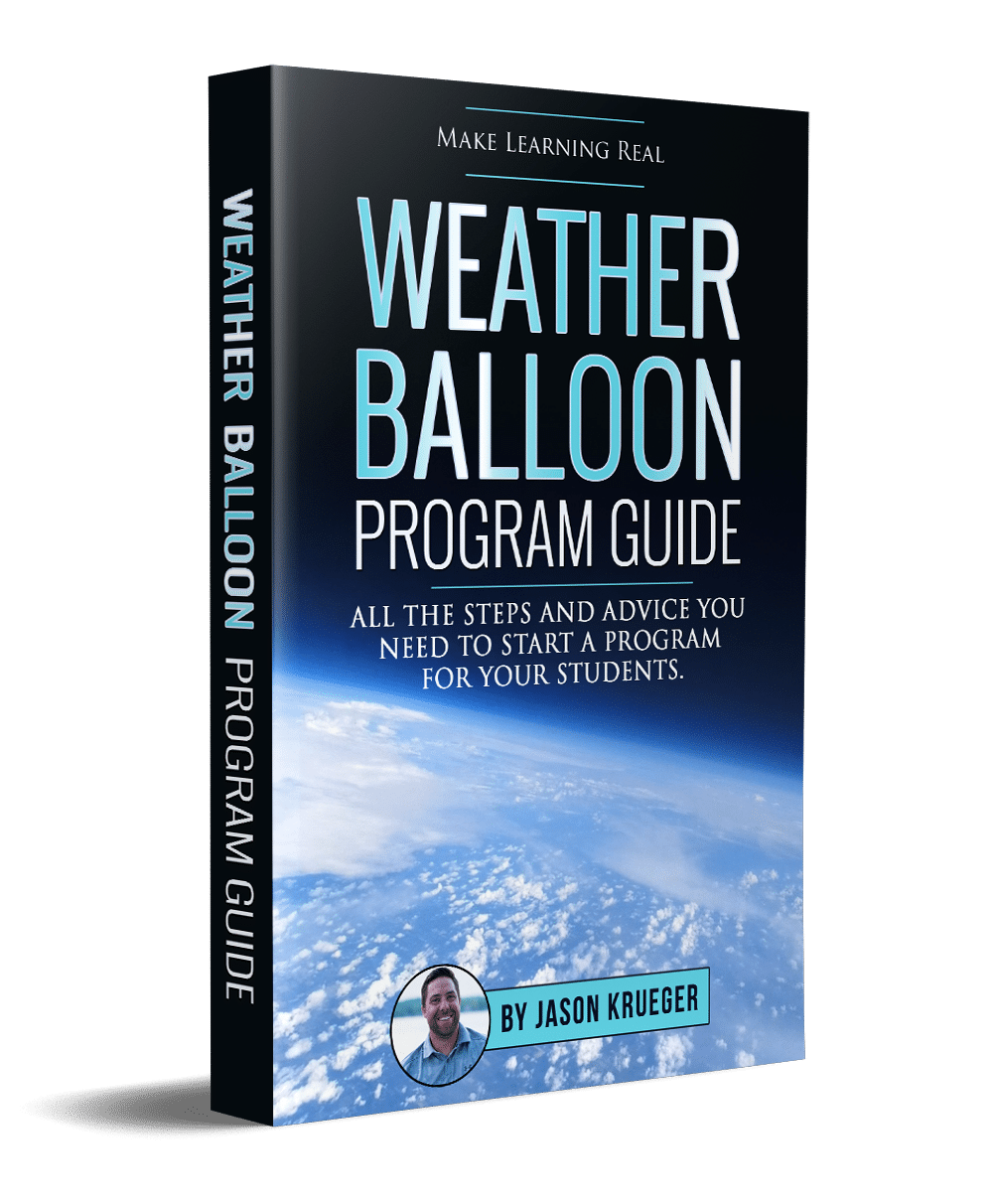The New York Film Academy’s Director of S.T.E.A.M. Education Initiatives, astrophysicist, and actor, Rajiv Uttamchandani helped conduct a weather balloon project in Los Angeles this past June. The launch was successful, detecting the climate change in the Southern California area over a period of time. The mission behind this project was to compare high altitude photos to those of the past and build the awareness about climate change as a global concern. Rajiv assisted the students with their hands-on experiment as they captured remarkable vegetation photos from 90,000 feet above ground. Take a look at how Stratostar was able to help with the academy’s climate research.
 Can you give a brief description of your project?
Can you give a brief description of your project?
As part of a collaboration with Cal State Northridge, the New York Film Academy launched two weather balloons from Tehachapi, California that were able to capture ultra high resolution images of some of Southern California’s natural vegetation. We wanted to compare these images with those taken from previous decades under the US Geological Survey. In addition, some of our cameras took footage in IR, which we were able to use and quantify relative moisture content of soil in the Tehachapi mountain peaks. The balloons also carried with them instruments to measure temperature, pressure, and humidity of our atmosphere. Reaching altitudes of approximately 90,000 feet, the balloons traveled a linear distance of 35 miles, eventually landing in the central California desert region.
How did StratoStar Staff help you achieve your STEM Program goals?
The staff at Stratostar were of invaluable help to us in understanding Stratostar’s products and their use more fully. From phone conversations to live Skype conferences, they were extremely helpful and accessible. In addition to providing us with necessary information on the operation of Stratostar’s products, they also gave us advice on the scientific research potentials of high altitude ballooning.
How do you plan to use the StratoStrar program in the NYFA curriculum?
We plan to conduct more high altitude balloon launches in the future. From climate change research to the capture of meteorological samples, we have long-term plans to use Stratostar products and high altitude ballooning to further our efforts in STEAM-based education.
As a professor what is the best part of students working on and learning from in the StratoStar Program?
The greatest reward of education is in the opportunity to apply knowledge attained in a classroom. This is precisely what defines project-based learning and STEAM education overall. Our students were able to apply in a highly exciting and visually pleasing project, fundamental concepts of physics from the buoyancy of gases to the highly complex science of climate change. This was accomplished through an intelligent application of the scientific method and by using Stratostar’s products to make possible a successful high altitude balloon mission.
We agree with Rajiv’s statements and thank him for passing on our mission to provide students with opportunities that demonstrate what they have learned in the classroom. Rajiv and his team put together a remarkable video capturing the weather balloon project and the footage it took of climate change in Southern California. Take a look at their astonishing results…




